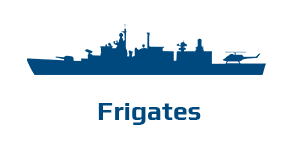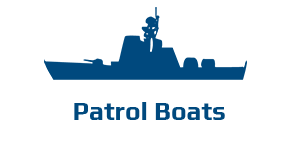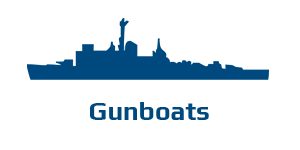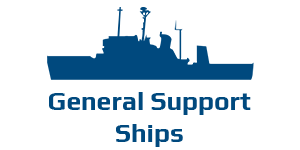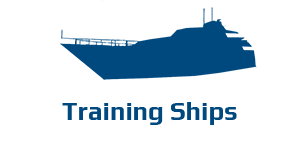Amphibious Forces Command
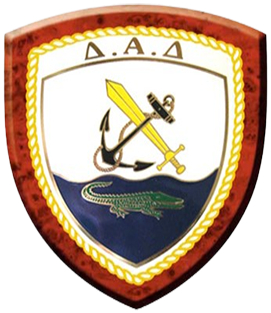
Crest
Its representation consists of an anchor and a sword in its center, and a crocodile in water just below
History
The Amphibious Forces Command, with its ships and personnel, since the integration of the first aircraft into the force of the Greek Fleet, participated in the front line in all the historical moments of the struggles of the nation and the Hellenic Navy with the same mental outburst and self-denial that the rest of the Greek People showed. Thus, he rightfully acquired the appropriate space within the golden pages of the book of struggles and sacrifices of the Greek Navy
Mission
The Amphibious Forces Command has the following mission :
“To act within the limits of the orders and directions of the Fleet Headquarters, for the organization, command, operational training, maintenance monitoring, readiness and general preparation for war of its ships and services in order to contribute to the accomplishment of the mission or tasks assigned to the Fleet Commander’’.
Organization
The Amphibious Forces Command is the Command of a Group of Ships which includes Main Amphibious Forces (A /G, P.T.M.) and landing craft (ABAK), in accordance with the Operational Planning and the issued Orders of the heads of teams. The Command of Amphibious Forces (D.A.D.), is subordinated through its Commander (D/D.A.D.), to the Fleet Chief (AS) with an Administrative Command relationship and is the body through which the D/D.A.D. is called upon to fulfill the Mission and the Projects assigned to it.
Ships
The Amphibious Forces Command operates five modern Landing Ships “Jason” class of Greek shipbuilding (the first of which was received in 1994 and the last in 2000) and three “ZUBR” class hovercraft. which have given new possibilities to the execution of amphibious operations.
- HS SAMOS
- HS LESVOS
- HS IKARIA
- HS RODOS
- HS CHIOS
- HS KERKYRA
- HS ITHAKI
- HS KEFALLINIA

